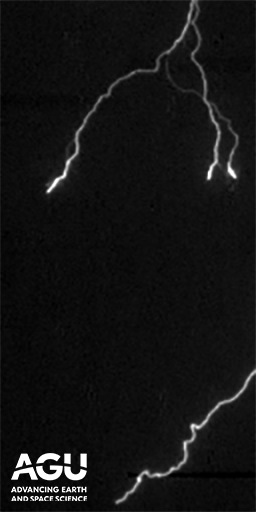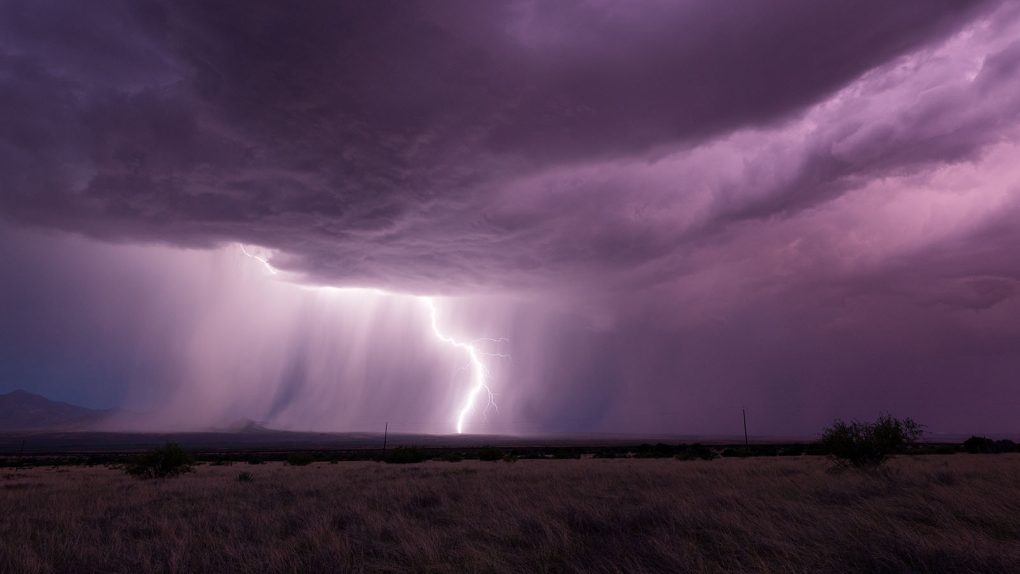- Researchers have long studied how lightning works in the hopes of better understanding why it acts the way it does and why it hits some things but not others.
- A new paper published in Geophysical Research Letters is accompanied by a high-speed camera video that reveals something incredibly interesting about lightning strikes.
- When a lightning strike occurs, the eventual target of the strike has not yet been determined, according to the new findings.
Lightning strikes are either an incredible sight or a frightening display of Mother Nature’s power, depending on how close you are to where they hit. Determining why lightning strikes in certain places and how it “picks” its targets has been something that scientists have struggled to explain, but a new research effort has resulted in a fresh perspective on lighting behavior.
The work, which was published in Geophysical Research Letters, is accompanied by a brief video that finally answers a burning question. The clip, which is just 10 seconds long but was captured with an ultra-high-speed camera, reveals how a lightning strike evolves in just fractions of a second.
Lightning happens fast, and because of that, it’s impossible to tell where it originates with the human eye alone. As technology progressed, researchers were able to see something they’d never seen before. It quickly became clear that lightning isn’t a bolt that travels from the cloud to the ground, but rather the release of unbalanced charges in both the ground and the clouds. So-called “streamers” actually emerge from the ground or objects like trees and light poles and extend toward the sky, meeting the lightning “leaders” from the cloud and forming a connection.
Thanks to even more advanced high-speed imaging tech, the researchers behind this new paper were able to slow things down so much that they identified where the attachment takes place and also reveal that the eventual site of the lightning strike isn’t yet determined when the lighting begins forming in the sky.

“It is a very important issue because, in lightning development, there are a lot of branches,” Rubin Jiang, co-lead author of the study, said in a statement. “The target of the lightning strike is not determined at the beginning when it initiates from the cloud. The attachment process is the process that eventually determines the object that’s struck by the lightning flash.”
“Our study makes more specific the breakthrough phase. That means when two lightning leaders get close enough to each other and they have not completely connected. In lightning research history it is the so-called ‘final jump,'” according to Jiang.
Based on this research, the team says that they’ve been able to put more weight behind the theory that lightning from a cloud meets a single streamer from the ground, eventually forming a connection and releasing the intense energy in the form of a bolt of plasma.








